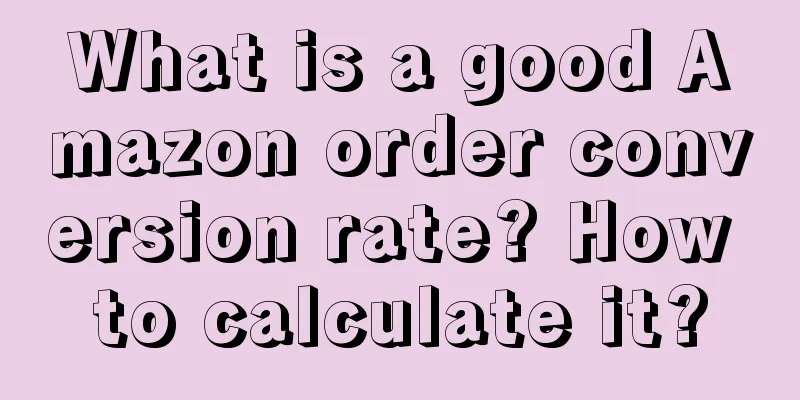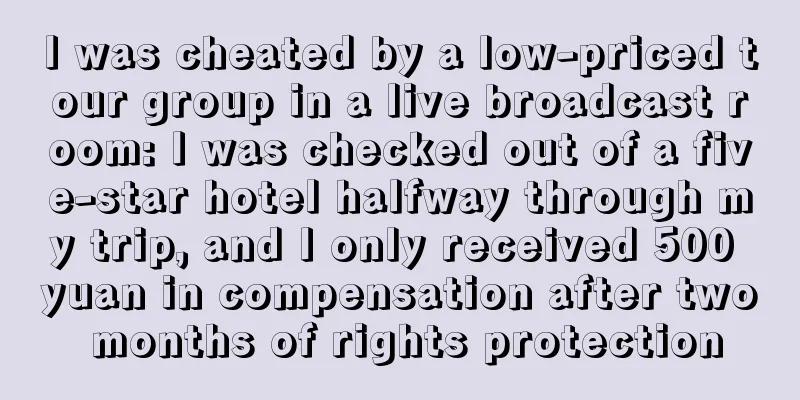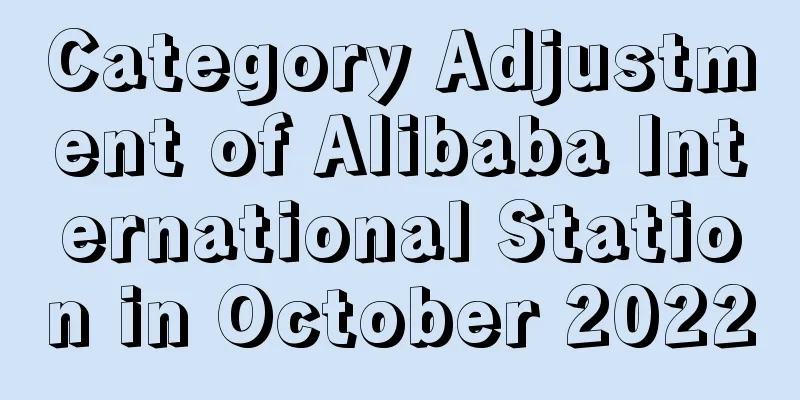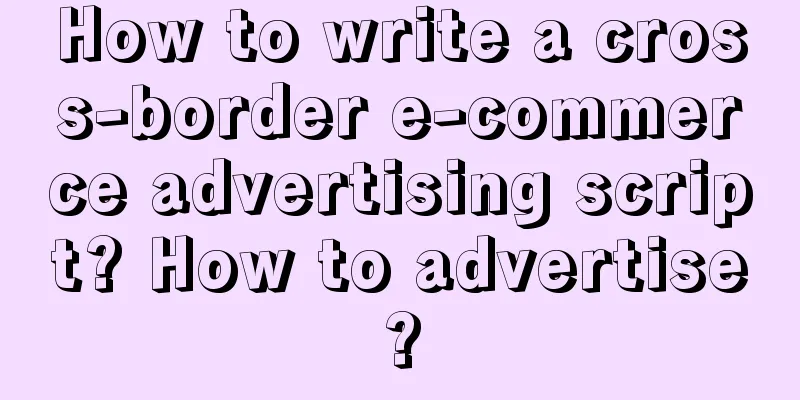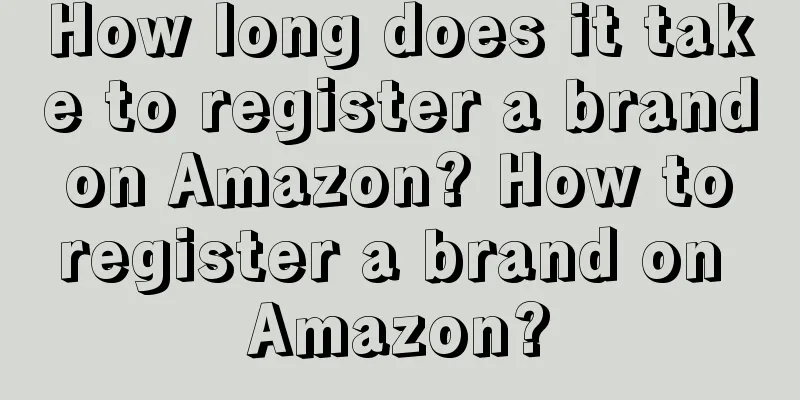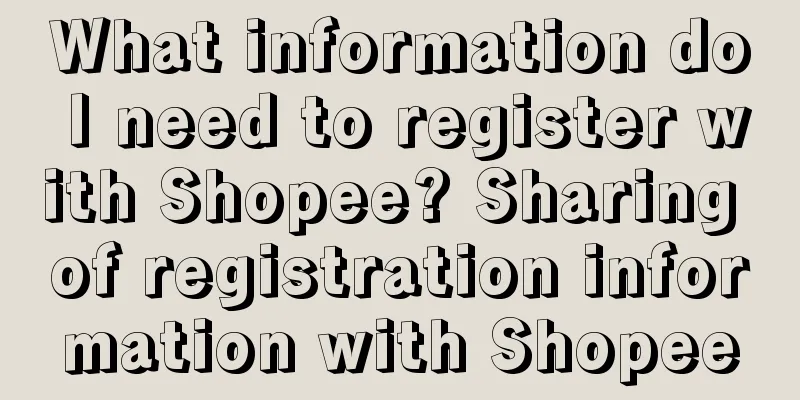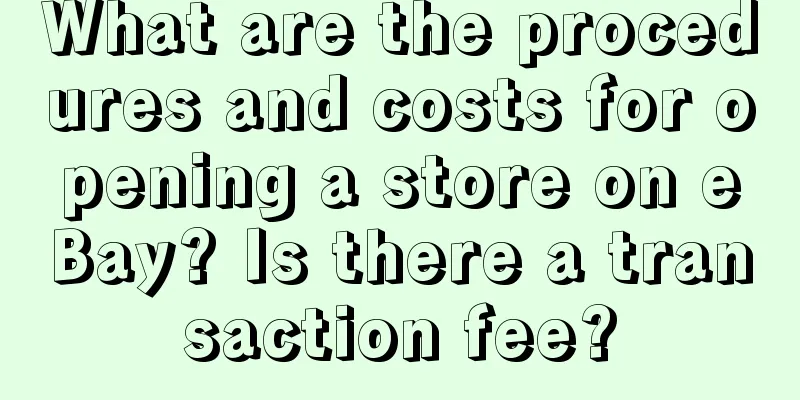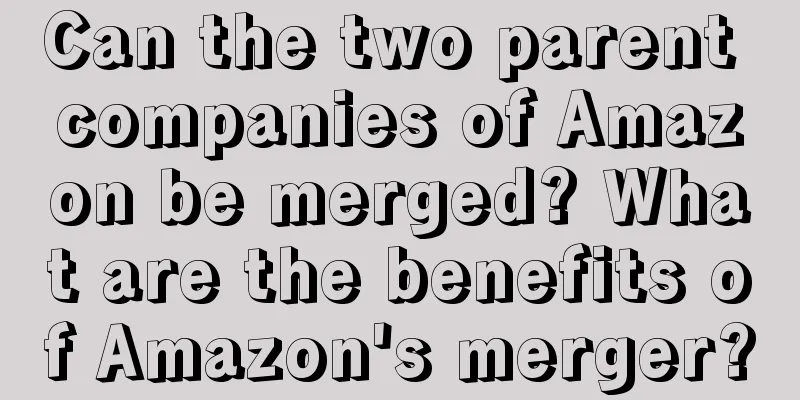How to set up a SOP for private domain operations for TOB customers? Eliminate daily advertising

Abandon confused thinking and produce orderly content. There are actually a lot of contents in private domain operation (user operation) SOP. I have sorted out 13 types of SOP so far, including but not limited to MDR onboarding process, content management, circle of friends release SOP, event SOP, etc. If I talk about it in detail, I can write a lot. This time I will focus on one-to-one communication SOP. Of course, you can understand it as mass SOP. Of course, the biggest misunderstanding of mass messaging is that you think you can attract traffic by posting every day, and what you post every day is advertising. I have received SOPs from other tob companies, and most of them start with "Boss, are you there?" and a long advertisement. Some are even more outrageous and directly send videos, and the key video is also pure advertising. What's more fatal is that these companies often post the same advertisement every day, which makes me feel crude and ineffective. An excellent mass messaging sop relies on occasional guided communication and continuous content to influence customers! 1. About the group sending intervalIf you want to try mass sending SOP initially, it is recommended that you try it for a week. After a week, you can roughly understand the intention of new customers. If you want to further try to activate customers, you can start with a month. It would be good if you can keep the customer's attention for a month. If the feedback from your first month of trial is good, the feedback here may refer to customer response rate, material opening rate, new creation rate, etc., then you can try to cultivate for three to six months. Take myself as an example. I started with one week. The first three days of the week are the golden time. You can follow up or send group messages according to the situation. Why can we not send group messages here? Because in the first three days, some customers may be sorting out their needs, or just want to take a look. At this time, asking them every day whether they need it or not seems a bit annoying. Then try one month, then three months. This year, I also added six months and one year of SOP. It is recommended to take it step by step, try to see the customer feedback first, and then make adjustments based on the feedback. User operation requires thinking from the customer's perspective. Don't forget the basics when doing anything. The intervals for mass sending are roughly 1, 2, 3, and 7 days. The first three days can be one-on-one (it is recommended to do so!), and then mass sending will begin. If you send mass messages once a month, the recommended interval is one week. If you send mass messages every three to six months, the recommended interval is one month. The main thing is to push effective information without harassing customers. 2. About the time of mass sendingI personally think that the time for group messages and the time for sending to Moments are also a little bit particular. You can look at the position of your company's products for KPs, because I also saw on the Internet that some companies' customer groups are generally bosses, and bosses have time at night, so SOPs are mostly done at night. Some positions may be ordinary employees, not senior executives, so group messages definitely don't want to disturb personal life, so it is more appropriate to send them during the day. Of course, you can select the time before lunch or before get off work to send, so that more people will see it. 3. About mass contentThe previous article mentioned that the soul of customer cultivation is content, and SOP is the power of content. The general user journey can be simply summarized as the focus is on actual functions at the beginning, followed by effect display, and finally continuous brand communication. According to the above situation and my experience, the golden period of the first week is to push function demonstration. Customers come to understand and they definitely want to see what we can provide and what features we have. So we should seize the opportunity to demonstrate the functions and express the advantages. The next step is to show the effects. In the first few months, you can send case-related materials. Of course, you can also grasp a key point to illustrate the importance. Finally, brand communication is continuous. In the next few months, you can send in-depth content, insights, important activities and the like. I personally also mark the content when I write it, and catch expired content or obsolete news when optimizing the content later, such as whether this round of mass messaging is about the brand or about the function. Brand content is continuous, and the function may be upgraded. We need to think about all kinds of details. Let’s go back to the title “Avoid Daily Advertisements”. You probably understand it now. Finally, let's briefly talk about the optimization interval of SOP. If you are just starting out, you can modify the content in a timely manner. If you have been doing it for a while, it is not recommended to make major changes. It is recommended to make changes once a year, mainly to iterate outdated content or fill in better content. Public account: cici notes |
<<: Rewards, red envelopes, and product promotion: young people are playing the matchmaker business
>>: 20,000 words of practical information: How to build a user membership system from 0 to 1
Recommend
How to unfreeze Lazada P card? What are the methods?
Lazada p-card is one of the necessary ways to rece...
4 recent favorite cases
In this era of information explosion, how can bran...
Is cross-border e-commerce an unpopular major? What are the cross-border e-commerce platforms?
There are actually quite a lot of merchants engage...
Is Shopee a cross-border e-commerce pyramid scheme? How to avoid it?
With the rise of Shopee cross-border e-commerce in...
Young people can no longer take advantage of discount stores
In discount stores, you need to top up your member...
How does Amazon close pre-sales? How to do it?
After many merchants joined the Amazon platform, t...
What is Amazon AWS? What is Amazon AWS used for?
Now many domestic platforms have launched cloud pl...
What is the difference between Amazon SD ads and SP ads?
If Amazon merchants want to place advertisements, ...
Review of Women's Day marketing of 10+ brands including OLAY, SK-ll, Pure Cotton Times, lululemon, etc., revealing four major trends
Women's Day is an important node for women'...
Member store promotion, hard discounts become soft?
In response to member-only discounts and fixed dis...
$20 luxury: Uniqlo's "Millennial Birkin" is popular in Europe and the United States
Why do young people love Uniqlo more than luxury g...
Where can I find the Amazon Gold Shopping Cart? How can I get it?
Amazon is a cross-border e-commerce platform. Many...
Which of Amazon's three advertising methods is the best? How to choose?
Everyone will try to do promotion on Amazon, so ma...
100,000+ exposures in 5 days! I use Douyin to attract customers for traditional enterprises, and the commission in a single month is over 80,000!
It is becoming increasingly difficult for enterpri...
How does Shopify charge? Introduction to the fee structure
There are two models in the cross-border e-commerc...
